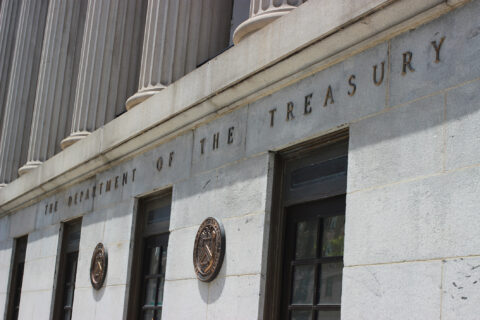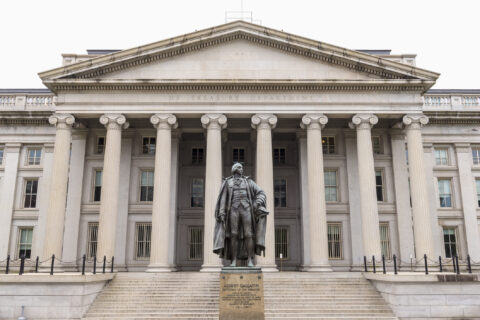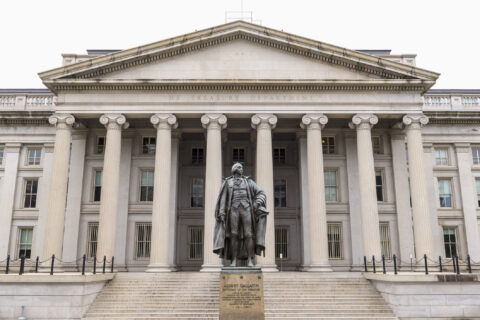New research by the National League of Cities (NLC) highlights how cities, towns and villages are leveraging ARPA dollars to bolster their cities’ staff. The COVID-19 Pandemic created huge losses in the labor market across all sectors. After more than two years, some sectors have experienced employment recovery; however, local governments have struggled to retain workers.
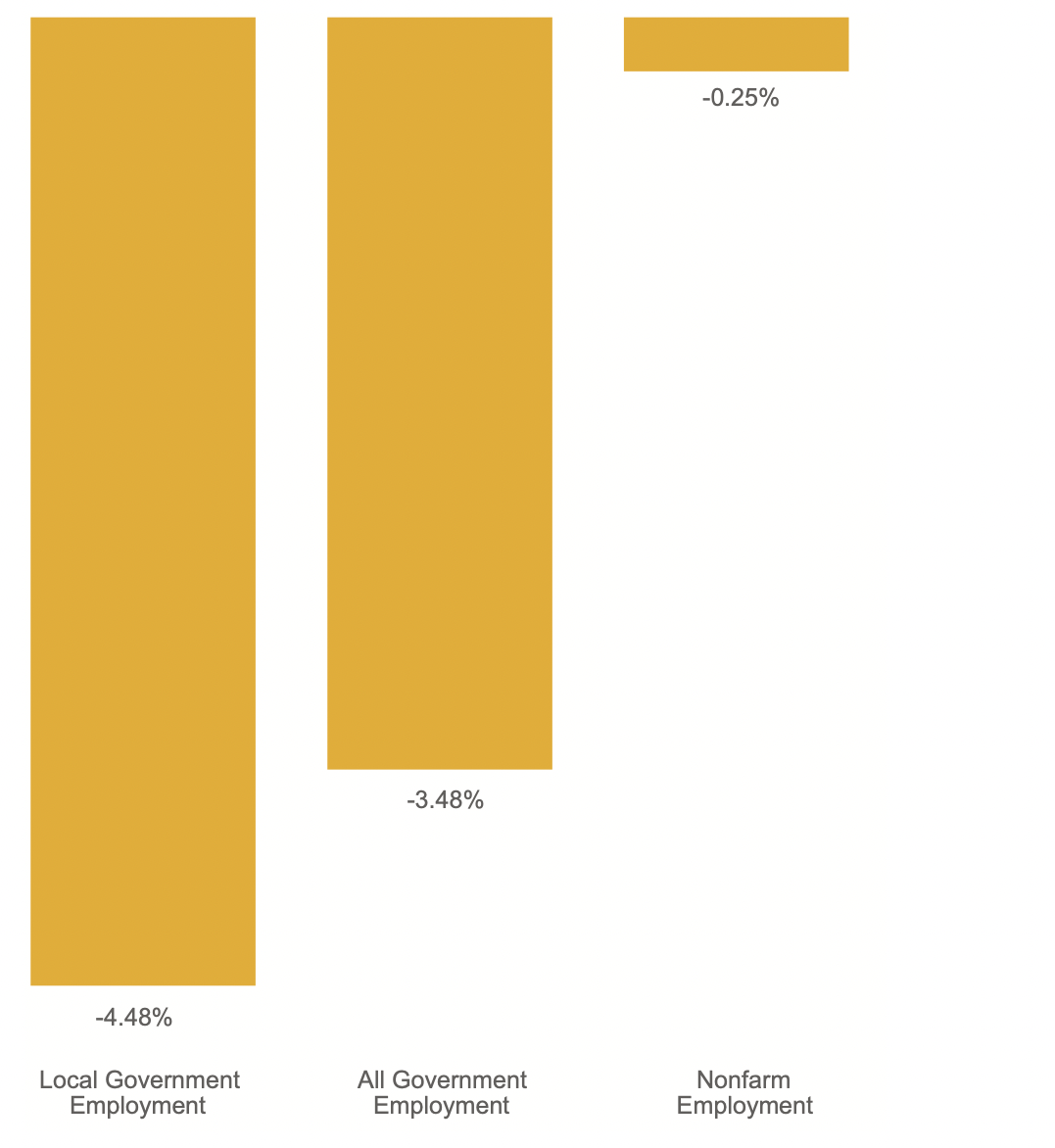
From March 2020 to March 2022, municipal employment declined by 4.48 percent—about 18 times greater than nonfarm employment (see Figure 1). Local governments work tirelessly to deliver essential resources and services to their communities. It is the hard work of municipal employees which truly makes cities operate. Without adequate staffing, vital services like trash collection and emergency response may be delayed.
Employees are leaving their municipal jobs for a variety of reasons. Retirements in municipal government have accelerated during the pandemic more than in other sectors. As many retirement-age municipal workers begin transitioning out of the workforce, local governments will struggle to fill many mid-to-upper management roles with qualified candidates because of a historical underinvestment in talent pipelines into local government roles. Additionally, other factors identified by municipal employers like non-competitive pay and a lack of advancement opportunities have made it harder for local governments to attract and retain workers.
The Biden Administration has encouraged local governments to use ARPA funds to rebuild their municipal workforces. While some communities have made significant investments, many could be doing much more. Of the nearly $8.68 billion in ARPA funds already designated for use, local governments have invested nearly $1.25 billion (approximately 15%) in municipal workforces. Most of that money has been designated for shorter-term hiring and pay bonuses (see Figure 6).
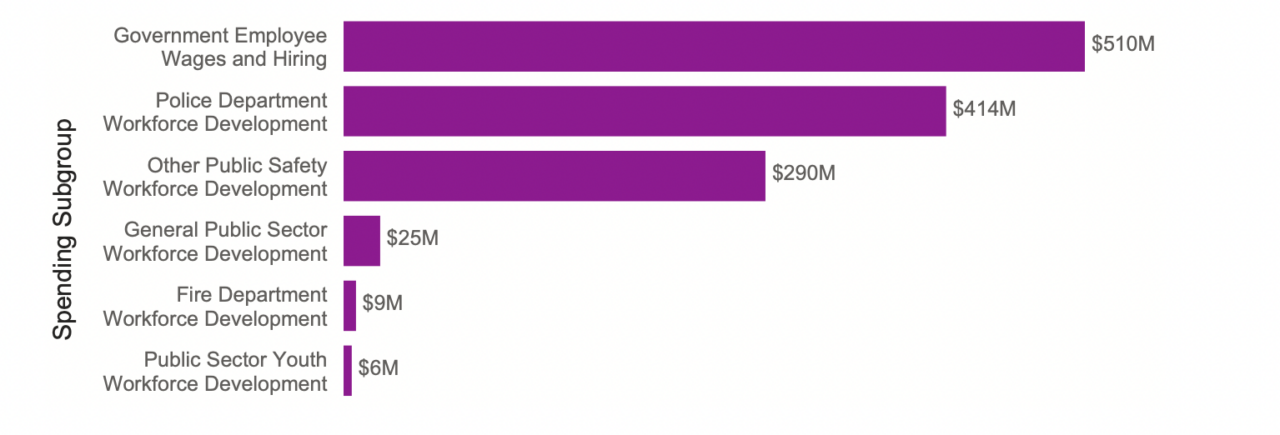
These short-term investments are crucial to getting local government service delivery back on track. However, local governments must think longer-term about how they can create sustainable talent pipelines into public service roles. Local governments need to invest more in general public sector workforce development and training, and youth and young professional public sector workforce development programs to combat leadership loss and improve service delivery.
Learn More
To learn more about the strategies local governments are using to bolster their cities’ staff, check out NLC’s new brief The Municipal Workforce Through the Pandemic: Where Are We Now?


